Lexington Road is due for a road diet that could bring Louisville’s first “cycletrack” between Baxter Avenue and Grinstead Drive. Plans under consideration now show two scenarios—one with a traditional bike lane on each side of the road surface and another with a buffered, two way cycletrack on one side. Both schemes reduce Lexington Road to two travel lanes with a center turning lane, an approach that has become standard fare in Louisville street redesigns lately.

A cycletrack is your next-generation bike lane. Some people call them protected bike lanes or advanced bike lanes, but no matter how you say it, a cycletrack is physically separated from car traffic making the cycling experience much safer and more enjoyable. In fact, a studies have shown that biking on a cycletrack is safer than in the street and that cyclists are 2.5 times more likely to use a cycletrack than bike on the street with motorists. Minneapolis just announced that incidence of cycling is up 81 percent since installing a protected bike lane on a local bridge and the city is considering 30 additional miles of cycletracks.
Be sure to check out these ten new examples of cycletracks from across the country that People for Bikes just named the best of 2014.
And while cities from coast to coast already have these types of bike lanes and are reaping the benefits, Louisville is in talks to get its very first, on a stretch of road that makes a lot of sense for this type of infrastructure. But it’s not a sure thing and we’re going to need your help to get it done. (Jump over to Metro Louisville’s public comment form and drop them a note.)
According to Metro Louisville:
The Lexington Road Corridor Transportation Plan (LRCTP) is a planning study for the corridor from Baxter Avenue/Jefferson Street to Grinstead Drive, through Irish Hill neighborhood, the Breslin Park area, and along the north/back side of Cave Hill Cemetery, south of I-64. The purpose of the LRCTP is to assess the current safety and access issues experienced by residents and businesses. The study will consider the potential impact of a series of development proposals and initiatives that will require multi-modal considerations to protect the quality of life, mobility options, and economic development of the corridor.
Among the project’s goals are to “create an efficient transportation system serving the corridor that balances regional and local transportation needs,” “improve safety for all users,” “provide a range of convenient transportation options,” and “enhance the quality of life along the corridor.”
Essentially, the project will convert the current four-lane roadway configuration into a two lane road with a center turning lane. The extra space left over will go toward the cycletrack on the south side of the street. Conflict zones—areas where motorists and cyclists cross paths—would be painted green for added safety and visibility. A few missing segments of sidewalks would be added as well. The end result is a better street for all users—cyclists get a safe path, pedestrians get better sidewalks, and motorists get safer traffic flow. Take a look below at each segment broken out in a more detailed plan.
This once forgotten stretch of Lexington Road has long been the domain of speeding cars, but with proposed apartments at Distillery Commons, some 300 apartments under construction across the street (more on that soon), and new $200 million plans to redo a triangular plot at the intersection of Lexington and Grinstead with two towers, the road is about to become a vital pedestrian and biking link connecting the near suburbs with the city’s core.
The other options under consideration are to take no action, which would just be a shame, and to build normal bike lanes on each side of the street, which would just keep Louisville in the status quo of bike infrastructure innovation. We fully support the cycletrack option as part of this project.
But first, you need to write in to Metro Louisville and tell them you support it, too. We can’t emphasize this enough: Make a public comment using this online form right now. And tell your friends to do the same.
The next public meeting is scheduled for January 20, 2015 at 5:30p.m. at the Girl Scouts of Kentuckiana, 2115 Lexington Road. Officials will present their final designs to the public and gather additional input. Try walking or cycling there to get some ideas on how to improve the road first hand. Or take a look at the existing conditions photos we took in December below.


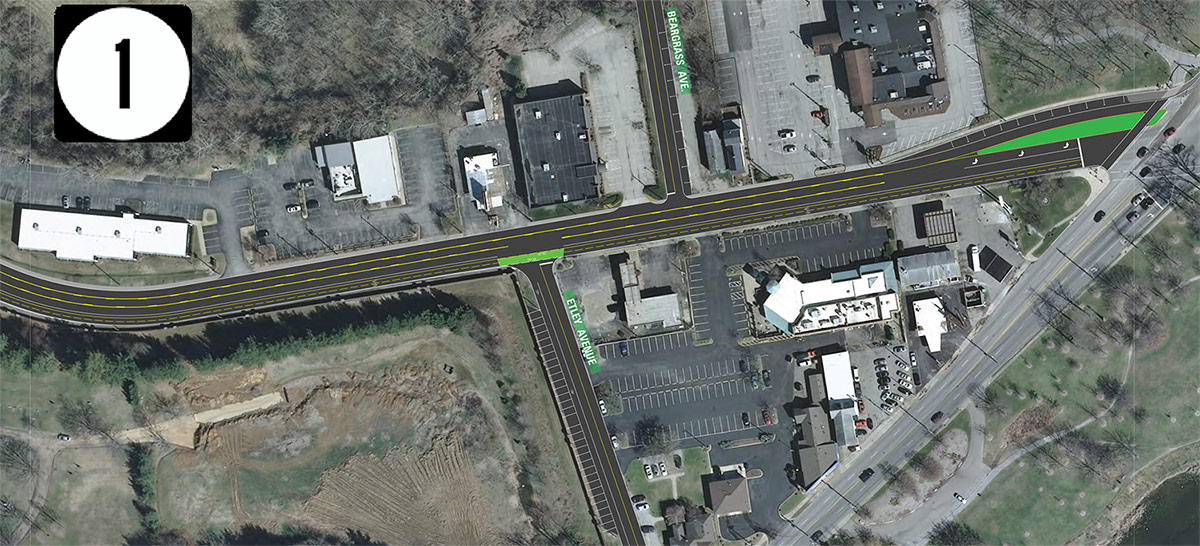
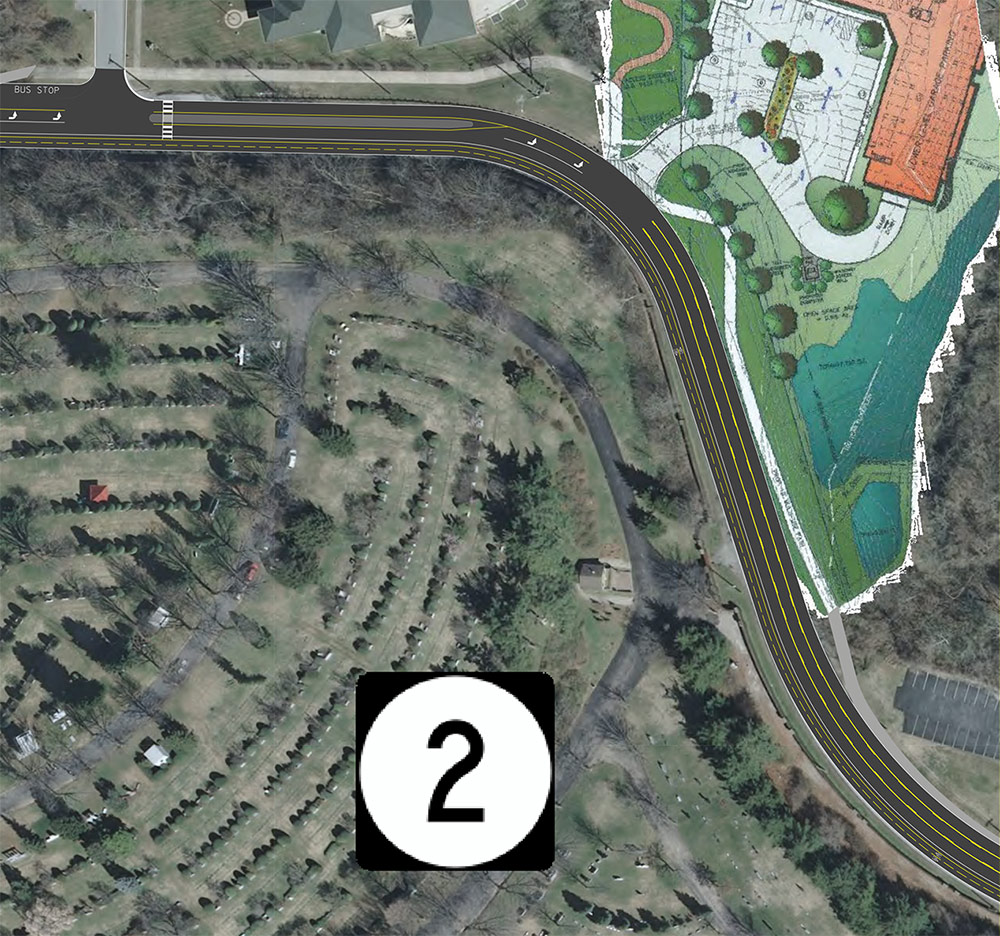

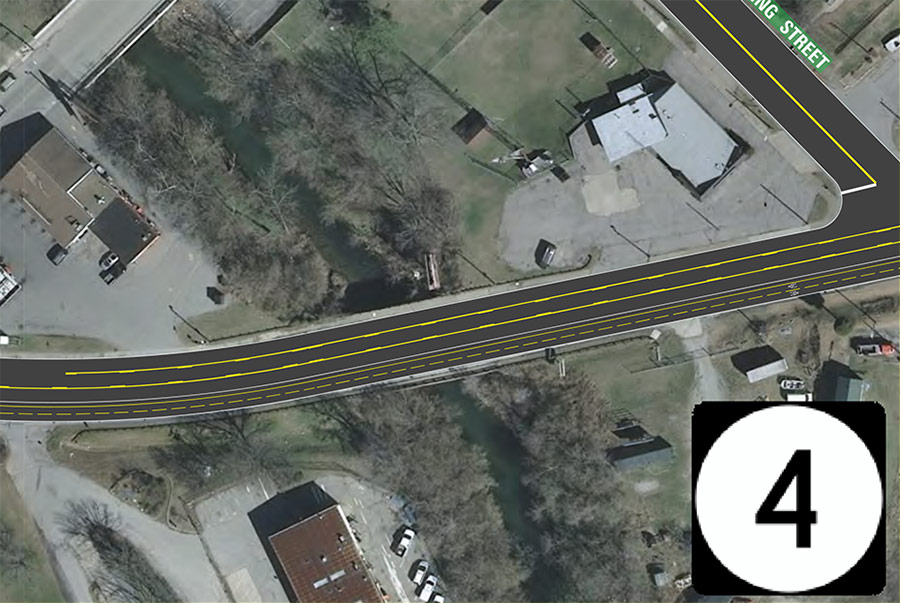
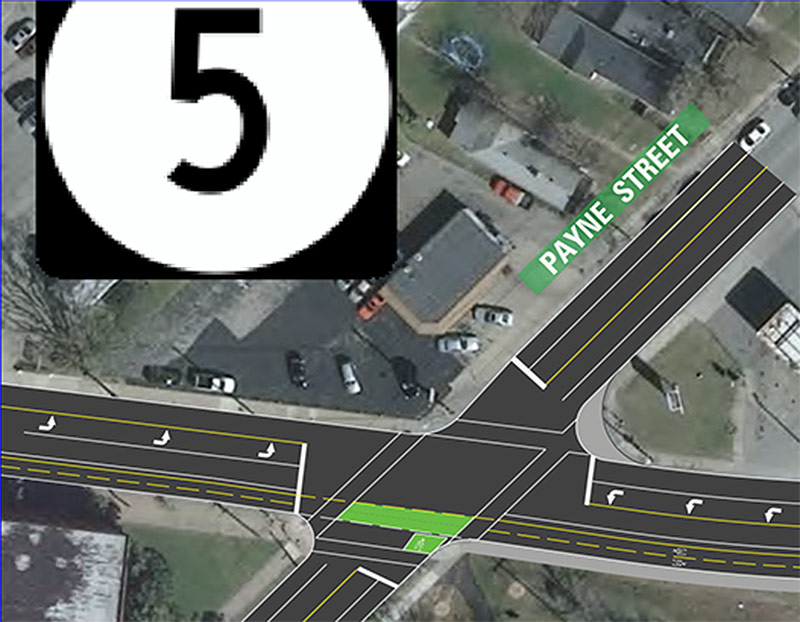



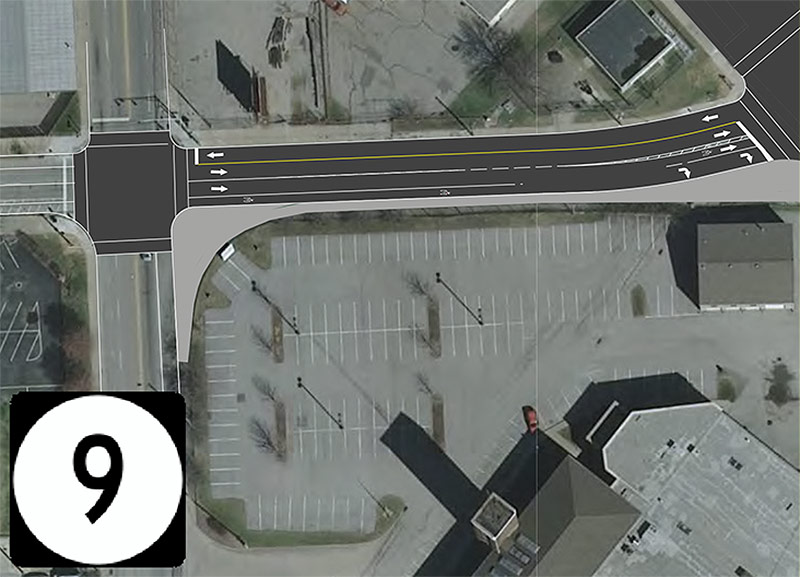

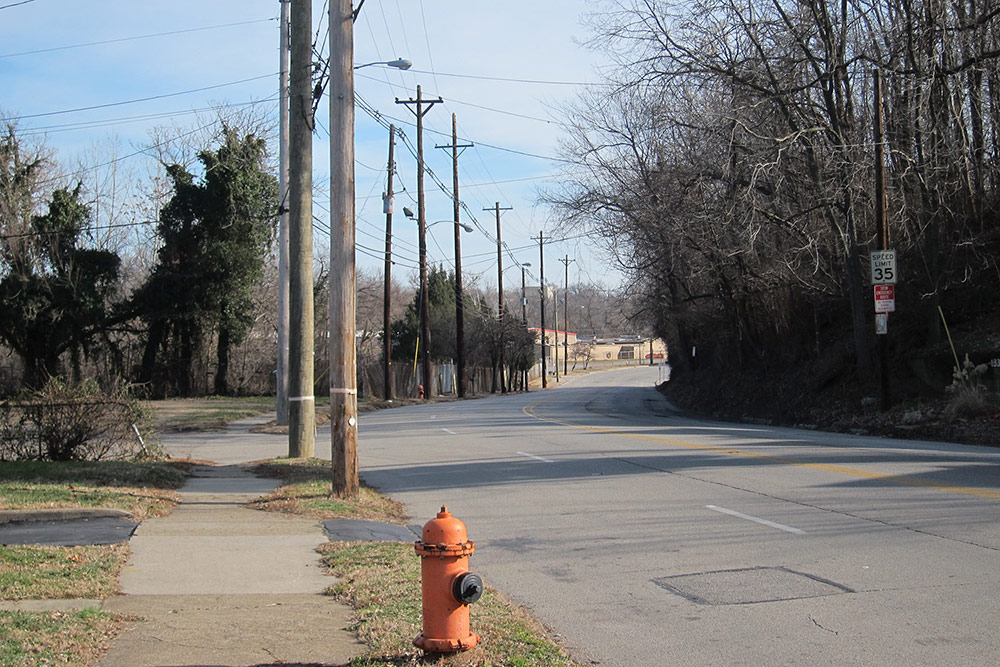







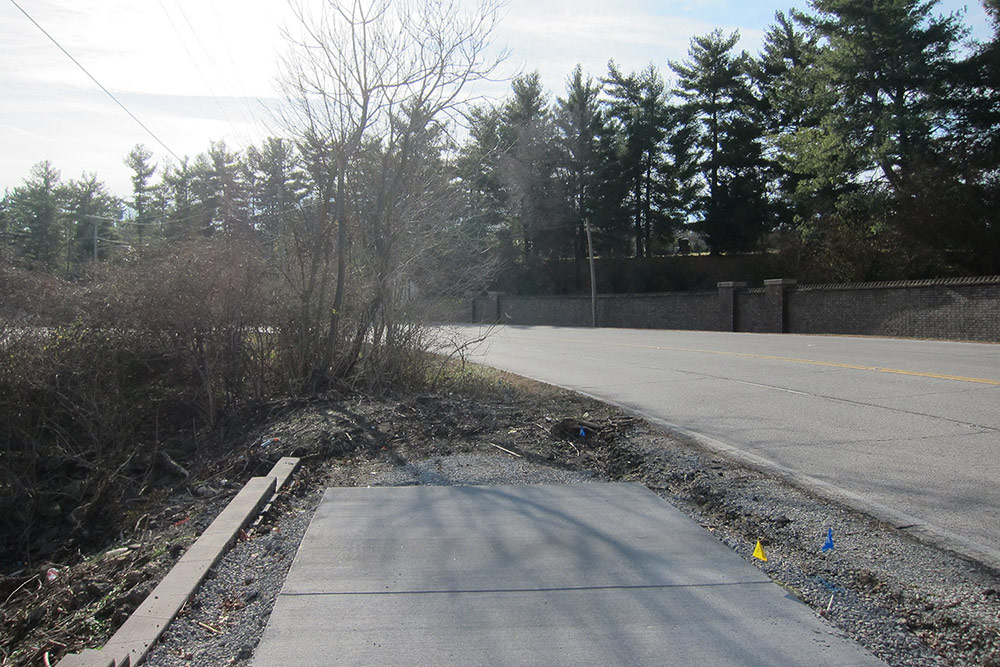
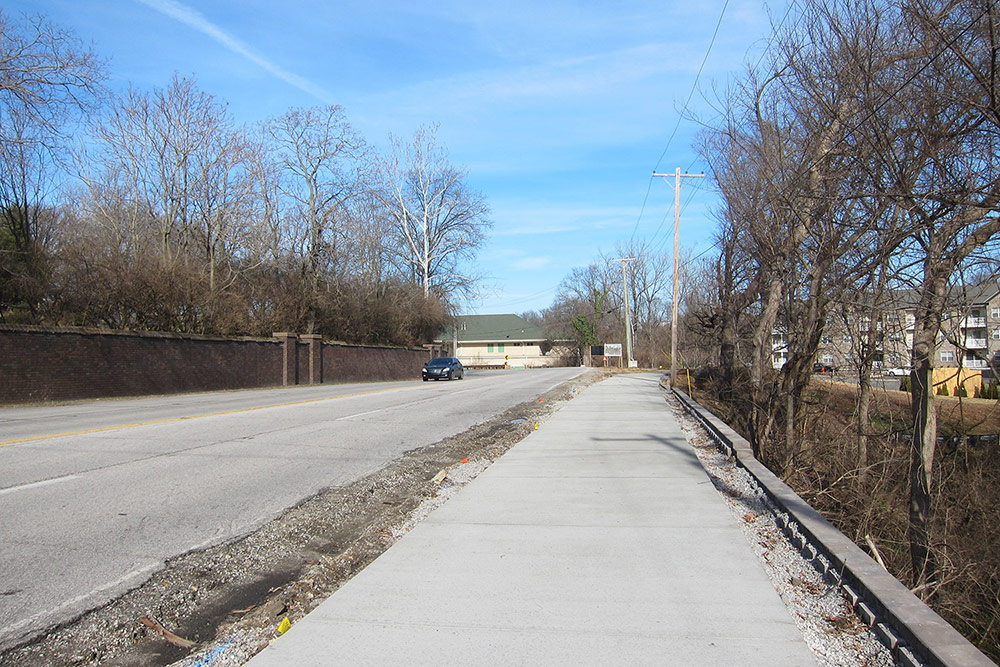

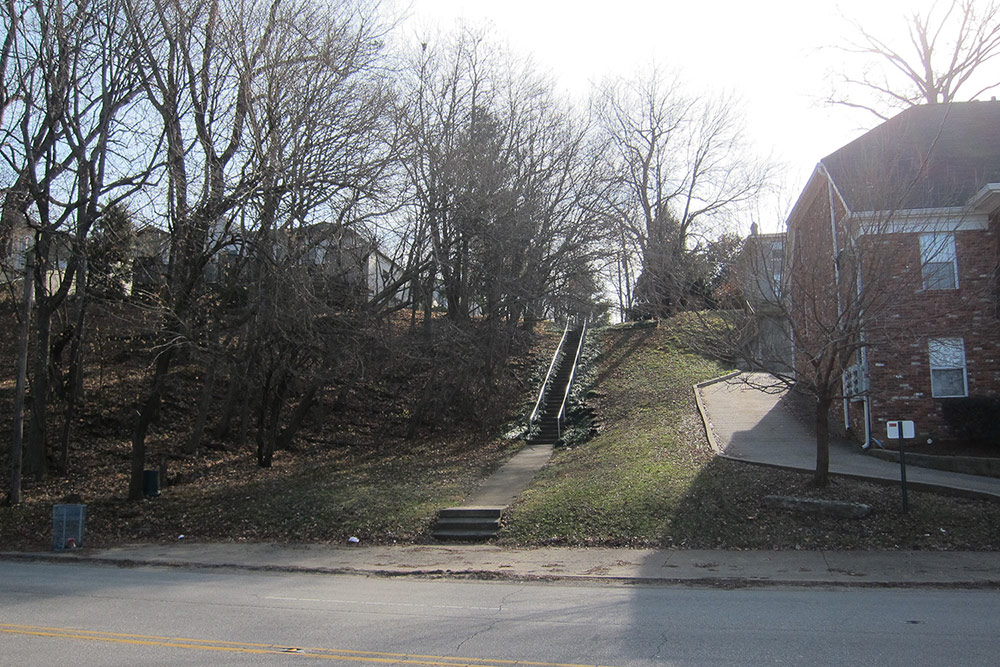
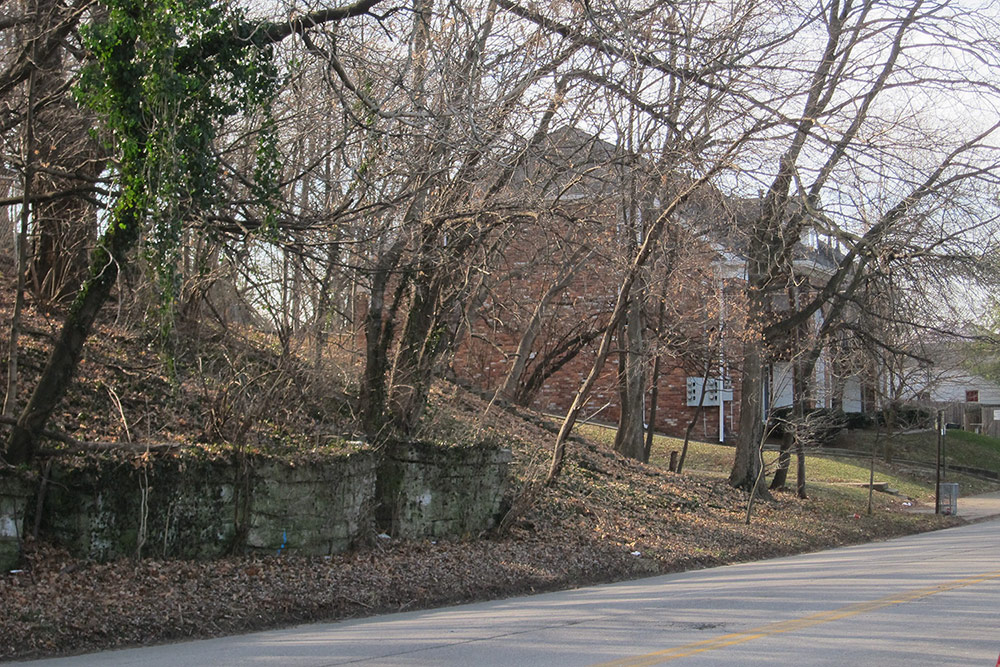

I think it’s a great idea. But I’m not someone dedicated to traveling that road daily. I would love a nice urban bike trail. I’d love to get I to biking but am scared to death of drivers. I had a friend get run over on bardstown rd.
As a driving safety instructor, I offer the following points:
Assuming that the overarching goal of this project is to reduce car-vs-car collisions and near-collisions, I can get behind the road diet concept. The idea of having left-turn pockets and protected left-turn phases in the light cycle at the Payne Street intersection appeals to me. Similarly, the reported frequency of head-on car-vs-car collisions in the curves near the Girl Scout Headquarters is a real problem, and I can appreciate that the city would want to lessen the carnage.
The best way to do both of these, and also give residents in the 1200 and 1300 blocks of Lexington Road on-street parking without their having to move their cars twice a day in the bargain, is a road diet.
So far, so good, but what to do with the “leftover pavement width?”
Since the project length is roughly 1.7 miles, and since it’s all but impossible to imagine motorists on that corridor tolerating being behind a 15mph cyclist the entire distance, and since there is somewhat less danger of the crash types that on-street bike lanes exacerbate (cyclists often call such crashes “right hook” collisions), having the outside pavement widths dedicated as bike lanes makes some sense.
However, it should also be noted that the local bicycle club has several routes that use Lexington Road. During these rides, groups of ten, twenty, or more cyclists can be seen riding together, frequently passing each other within the group (or moving from one group to another, if the groups are close enough). The thought of people in such groups, often competing with one another for position within that group, being channeled into a five-foot-wide bike lane is a bit scary. Channeling said riders into a cycletrack, with oncoming traffic to either side of the allotted five-foot lane within that cycletrack, is enough to terrify anyone who gives it any thought whatsoever.
The primary impetus behind bike lanes is a perceptual issue that is summed up in the phrase, “fear from the rear.” I appreciate this primal (as in, encoded in our “lizard brain” that we don’t want to be prey) fear–the survivability rates for hit-from-behind-type crashes is not good. Happily, such crashes are far less common (<45% of crashes), and are easily avoided by the cyclist most of the time with a technique cycling educators call lane control and release.
Cycletracks purportedly take the bike lane idea to a next level, by separating the bikeway from the regular travel lanes (by grade separation, a line of barriers of some sort, or other means). This is supposed to make cyclists (and more importantly, potential cyclists) more comfortable with the cycling experience.
However, cycletracks make intersections far more complicated for all road users. For an admittedly-trivial example, the proposal at hand suggests putting the cycletrack on the south side of Lexington Road, so that a westbound cyclist who wants to stop at Red Hot Roasters by Payne Street would have to turn right across three lanes of motor vehicle traffic (one lane in each direction plus the left turn pocket). In the bike lane scenario, it would be a simple maneuver, but if the cycletrack is put in place, the cyclist would have to navigate an opposing-direction side of the cycletrack to stage in some bike box or something to then cross Lexington at Payne Street when the traffic light cycles to the appropriate phase. Why the extra inconvenience?
Proponents of the cycletrack concept tell me that the extra complications (each with a concomitant opportunity for systemic failure that results in a cyclist injury or fatality) can be mitigated as has been done in other cities. I’ve looked at those “mitigation” ideas, and they are at best fixes for problems created by the cycletrack. Each such fix tends to cause new problems, which then requires yet another fix. Pretty soon the intersection looks like something created by the late Rube Goldberg, and few road users have any idea what all the signs, arrows, and special pavement paint mean. Many of those signs require that motorists and/or cyclists act in discordance with the core rules of movement on which our traffic system is based, with too-often tragic results.
It’s telling that Copenhagen–yes THAT Copenhagen–quit installing cycletracks twenty years ago. There were too many cyclists being injured and killed in the over-complicated intersections required to have cycletracks, so the cycletracks have been removed.
However, showing that retro-trendy (or something) is more important than actual and demonstrable cyclist safety, several people (including several board members of an organization that really should know better) are clamoring for the cycletrack, with one of their key arguments in favor of the cycletrack being that “Louisville needs one!”
Why we need a facility type that does more to harm cyclists than to help them is beyond me.
The photo at the top of this page is astonishing if it is supposed to show a desirable outcome. It shows a two-way bikeway immediately adjacent to a two-way street, so that bicycle traffic is traveling in a narrow bike lane with opposite-direction bicycle traffic on one side and opposite direction motor traffic on the other. That’s supposed to be safe and comfortable to ride? Really?
The traditional term to describe bicycling on the left side of a two-way street is “wrong-way riding” and it has been shown in study after study to have a crash rate several times higher than riding with traffic. In addition to the intersection complications which Tom Armstrong describes, bicyclists’ having to swerve out into oncoming traffic to avoid other bicyclists, debris and crossing and turning traffic, as well as motoristshaving to divert to the right to avoid an obstruction call out the risk of head-on collisions. Bicyclists at night will be riding directly into the bright side of the headlight beams of motorists in the adjacent lane. When bicyclist and motorists are head-on, both must come to a stop to avoid a collision. When both are traveling in the same direction, the motorist need only slow if a slower bicyclist is ahead. A separate bicycle path actually needs to be separate, and an on-street bike route needs to be designed so bicyclists and motorists can follow the time-tested rules of the road, end of story.
A cycle track along this stretch of the Lexington Road corridor would be a terrible idea. I understand the perceived benefits of a “protected” bikeway but anyone who has ridden one of these contraptions will know well that in the configuration proposed, they are far more dangerous. the traditional single bike lane on either side of the vehicle traffic keeps the bicycles and cars going in the same direction. All bike lanes are notoriously full of glass, branches, debris etc., and it is very common to have to weave in and out of the bike lane to keep from having an accident. When bikes are running adjacent to head on car traffic this spells disaster. The cycle track also makes for much more confusing and dangerous intersections. Please, please reject this option!
I am not in favor of the cycletrack design for Lexington Road. Having a bike lane on each side of the road seems more appropriate for this roadway. Having bicycle traffic riding against oncoming motor vehicle traffic doesn’t seem right. Lexington Road is also used regularly for Louisville Bicycle Club rides. The potential conflicts are disastrous.
Because there is enough room along that whole stretch of road, I’d recommen expanding the lane size and having a separted cycle track and sidewalk, or separated bike lanes and sidewalk. Also the turn lanes could just bump out where needed instead of running the entire length of the road.
I don’t see how this proposal can be described as a “protected bike lane”. It’s still the same patch of asphalt, but just striped differently. It succeeds in providing a *designated* space for cyclists, removed from motor vehicle traffic, but I’m not sure I’ll feel “protected” when cycling this stretch of Lexington Road alongside motorists whizzing past at 40-45 mph. And Metro still has not implemented a consistent mechanism for removing debris from any bike lanes.